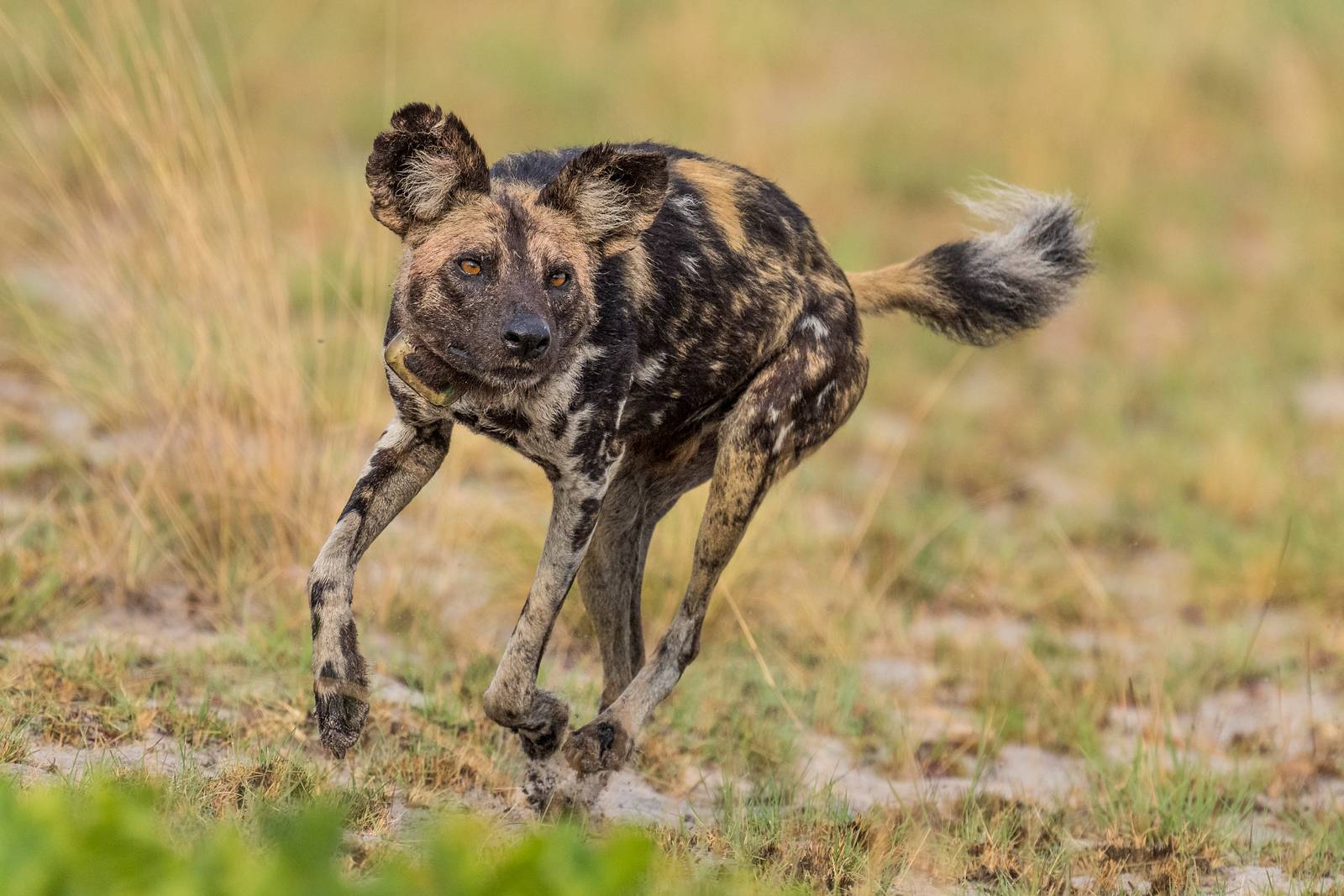Scott Creel
Distinguished Professor of Letters and Science | Montana State University | Department of Ecology
Wallenberg Professor | Royal Swedish Academy
President's Excellence in Teaching Award | Montana State University
General Areas of Research
Behavioral ecology, population biology, conservation, behavioral endocrinology, evolutionary ecology. My research is based on field studies, generally using observational methods, and often following known individuals. Much of the work in my lab has involved the integration of behavioral and demographic data from the field with physiological and genetic data from the lab.
 Recently my focus has shifted to integrating genetic data from high throughput sequencing,
spatial data from GPS collars, accelerometers and direct observation into analysis
of movement, energetics and connectivity between ecosystems.
Recently my focus has shifted to integrating genetic data from high throughput sequencing,
spatial data from GPS collars, accelerometers and direct observation into analysis
of movement, energetics and connectivity between ecosystems.
My current field research is with the Zambian Carnivore Programme, examining carnivore conservation, ecology, behavior and genetics in three ecosystems (Liuwa, South Luangwa and Kafue National Parks). In this work, we are studying African wild dogs, lions, spotted hyenas, cheetahs and leopards and all of the large herbivores that form their prey base. This work provides basic data for conservation and management on population size, survival, reproduction, distributions, movements and the factors that affect them.

Part of this research, recently funded by the NSF Population and Community Ecology and Animal Behavior programs, examined how the movements of large carnivores are affected human activities and natural processes. Current funding from NSF Animal Behavior and NERC is allowing us to study how anthropogenic depletion of prey affects the movements, hunting success, survival and reproduction of African wild dogs.
A nice NY Times article on the amazing 2000 km dispersal of EWD 1355 and her sisters from the Luamfwa pack in South Luangwa ( and here is the map that many commenters were interested in). An article in The Conversation on our work with the Zambian Carnivore Programme


